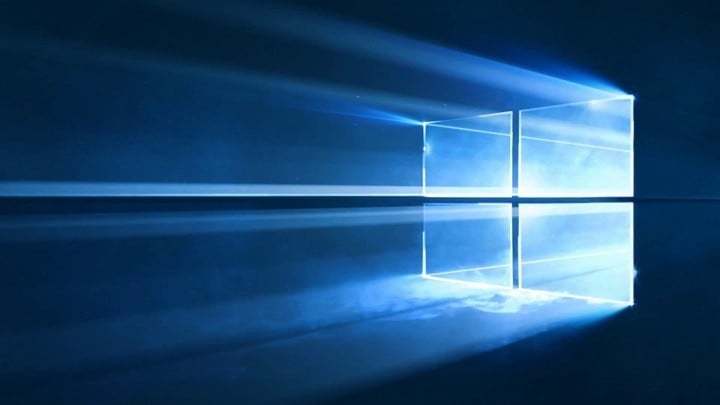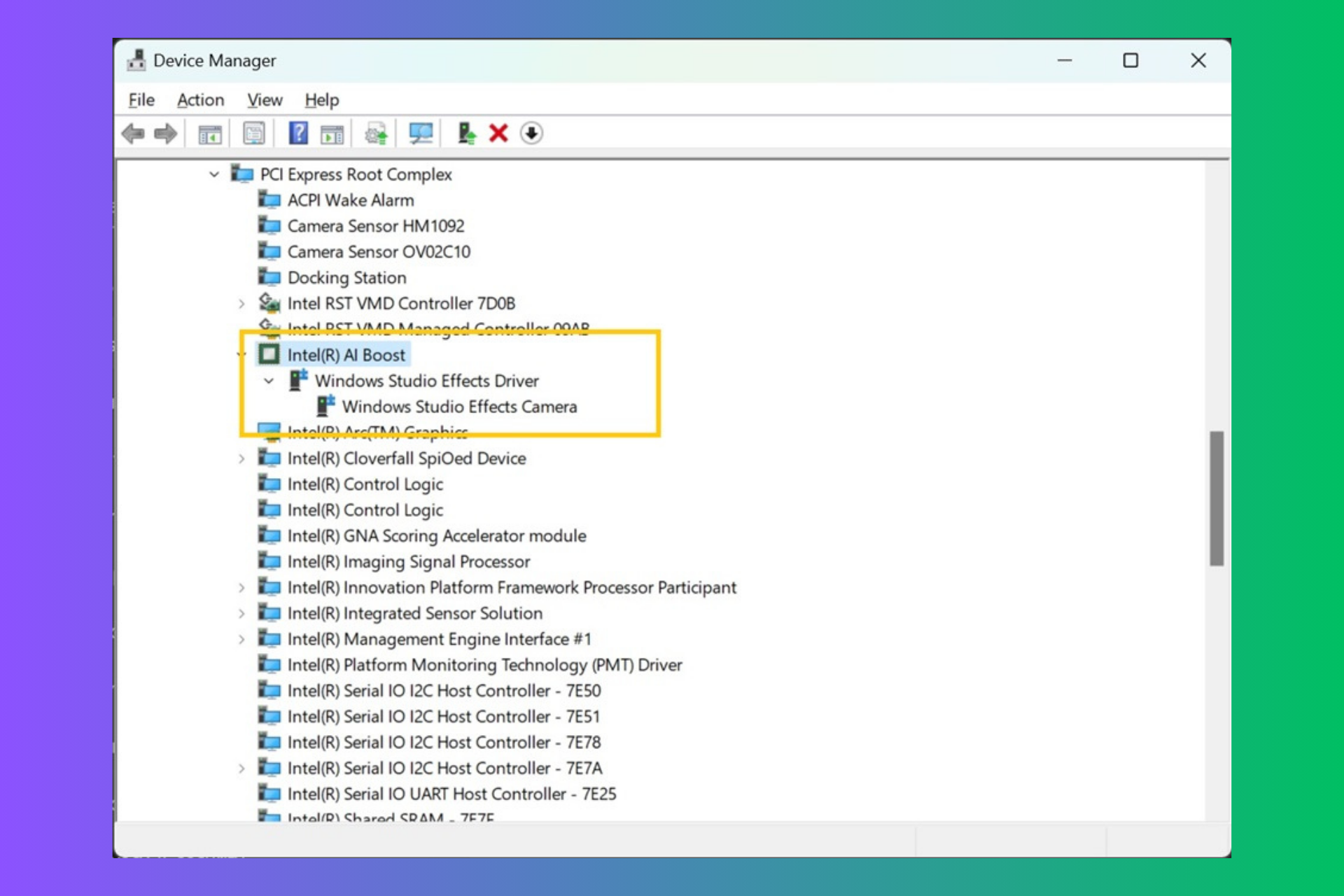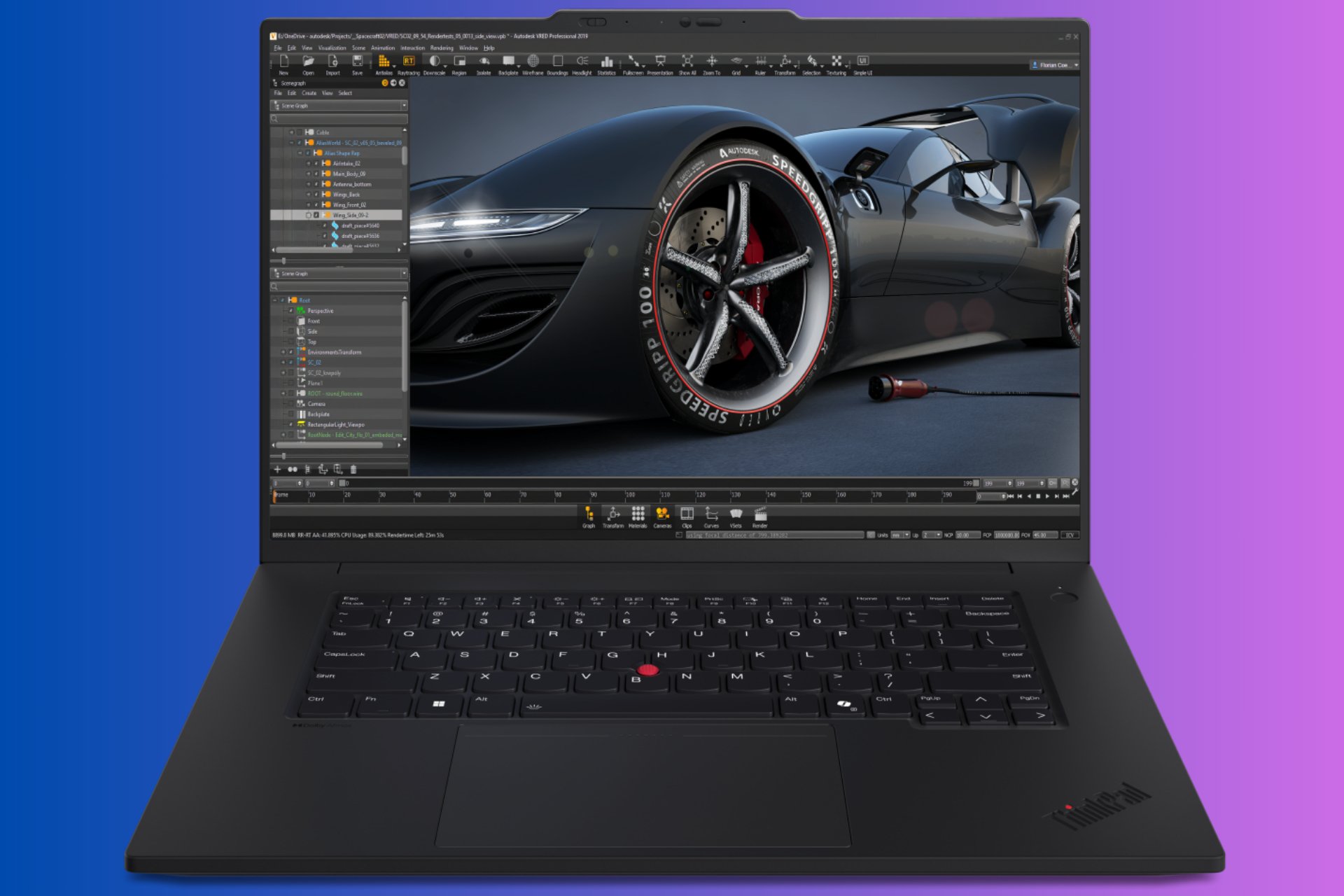Andromeda turns Windows 10 into a cross-platform OS
2 min. read
Published on
Read our disclosure page to find out how can you help Windows Report sustain the editorial team Read more

Microsoft is currently working on new ways to adapt to the many new devices from the industry, the backbone of its plan being the Andromeda OS.
Andromeda OS to make Windows OS a universal operating system
Andromeda OS is a common denominator for a version of Windows that will work cross-platform on any device architecture. It will sport the ability to be enhanced with modular extensions to offer new features and experiences for devices.
The goal is to make Windows more flexible, faster, and smaller so that it can be installed on more devices. The only universal elements in Windows 10 now are OneCore and the UWP: everything else is unique to the many variants of the OS. Andromeda OS will remove the specific product variants and turn Windows 10 into a fully modular platform.
Andromeda OS will give both Microsoft and hardware manufacturers the flexibility of building versions of Windows 10 with various functions and features.
Andromeda OS focuses on mobile
The first iteration of Andromeda OS will probably be for mobile devices including phones, wearables, and tablets.
Andromeda OS will likely be ready sometime in 2018. If there’s a potential Surface phone running Windows 10 built with Andromeda OS, it would not run Windows 10 Mobile/Windows 10 desktop. It would run “Windows 10” with whatever components Microsoft sees fit.
Andromeda OS is a huge leap forward for Microsoft’s singular vision for Windows and will modernize Windows for new device types that will definitely show up over the next few years. Current Windows is not as flexible and configurable as it should, and Andromeda OS will make sure that it becomes so.
RELATED STORIES TO CHECK OUT:








